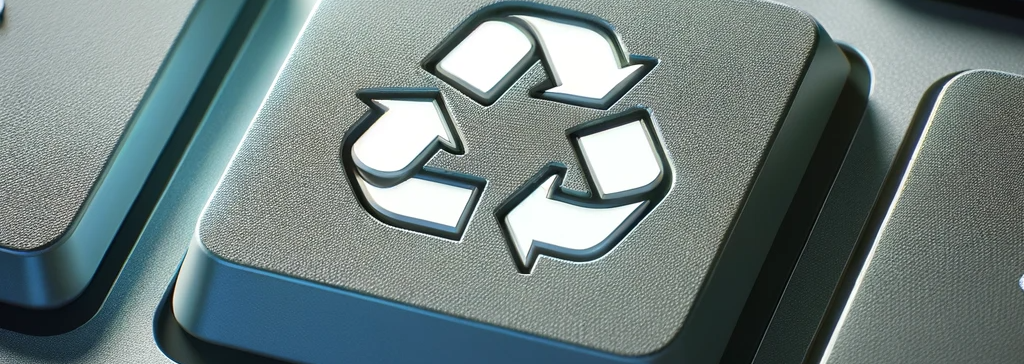

Eco-design at Inforca starts with the rationalisation of functionalities. By eliminating non-essential elements, we reduce server load, improving overall performance. In addition, by choosing eco-efficient technologies, we create fast, responsive web applications while minimising the carbon footprint.
Effective web design is crucial to eco-design. At Inforca, we take a 'mobile first' approach, designing for small screens first, which helps us focus on the essentials. We also use flexible CSS grids to ensure our sites fit perfectly on all devices, improving the user experience while saving energy.
Performance and accessibility go hand in hand at Inforca. By optimising user journeys, we reduce the amount of data processed and transferred, which speeds up page loading and reduces energy consumption. In addition, we ensure that our sites are accessible to all, by integrating features such as keyboard navigation and screen readers, so as not to exclude users with specific needs.
Content is king, but it must also be eco-responsible. We compress and optimise our images and videos to ensure fast loading times. We also use efficient file formats for our media, reducing the bandwidth required and the carbon footprint of our sites.
We firmly believe in applying these optimisation techniques to the design of our websites at Inforca. The site you are reading this article on is a concrete example of this. By streamlining our functionality, choosing eco-efficient technologies and optimising our media, we've managed to create a fast, responsive and environmentally-friendly web platform. What's more, our 'mobile first' approach and commitment to accessibility ensure an exceptional user experience for all our visitors, whatever their devices or needs. These eco-design practices are not just a concept at Inforca, but a reality that we implement to offer sustainable, high-performance solutions.
Eco-design is a pillar of Inforca's philosophy. By integrating these practices into our web projects, we are not only making an ethical choice for the environment, but we are also improving the user experience and overall performance of our products.
PS: If you would like to explore web eco-design best practices further, we invite you to consult the list of best practices available on GitHub. This comprehensive resource offers a variety of tips and recommendations for optimising the design of your web projects from the point of view of environmental sustainability. You'll find a wealth of useful information to help you go further in implementing ecodesign in your projects.